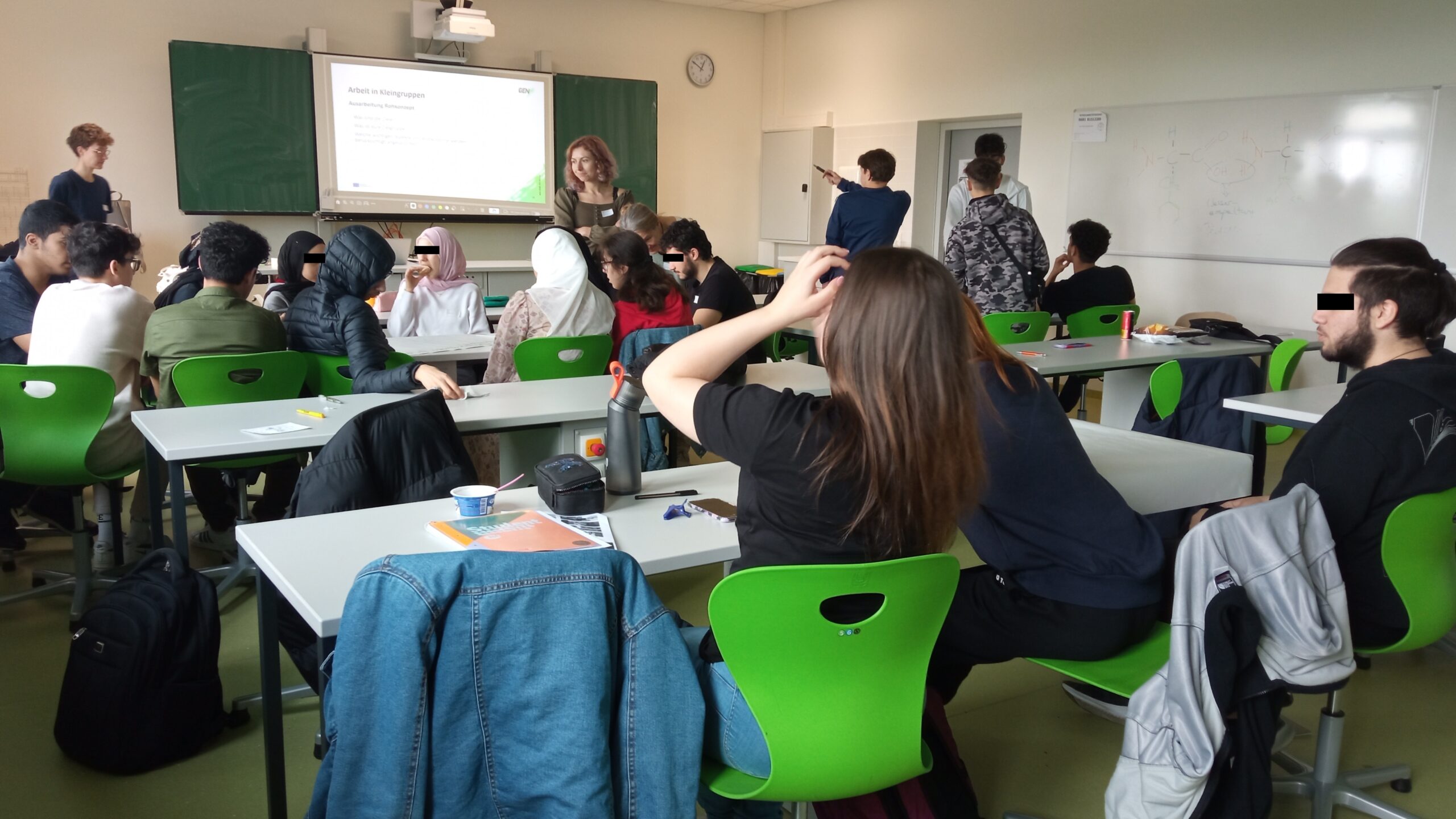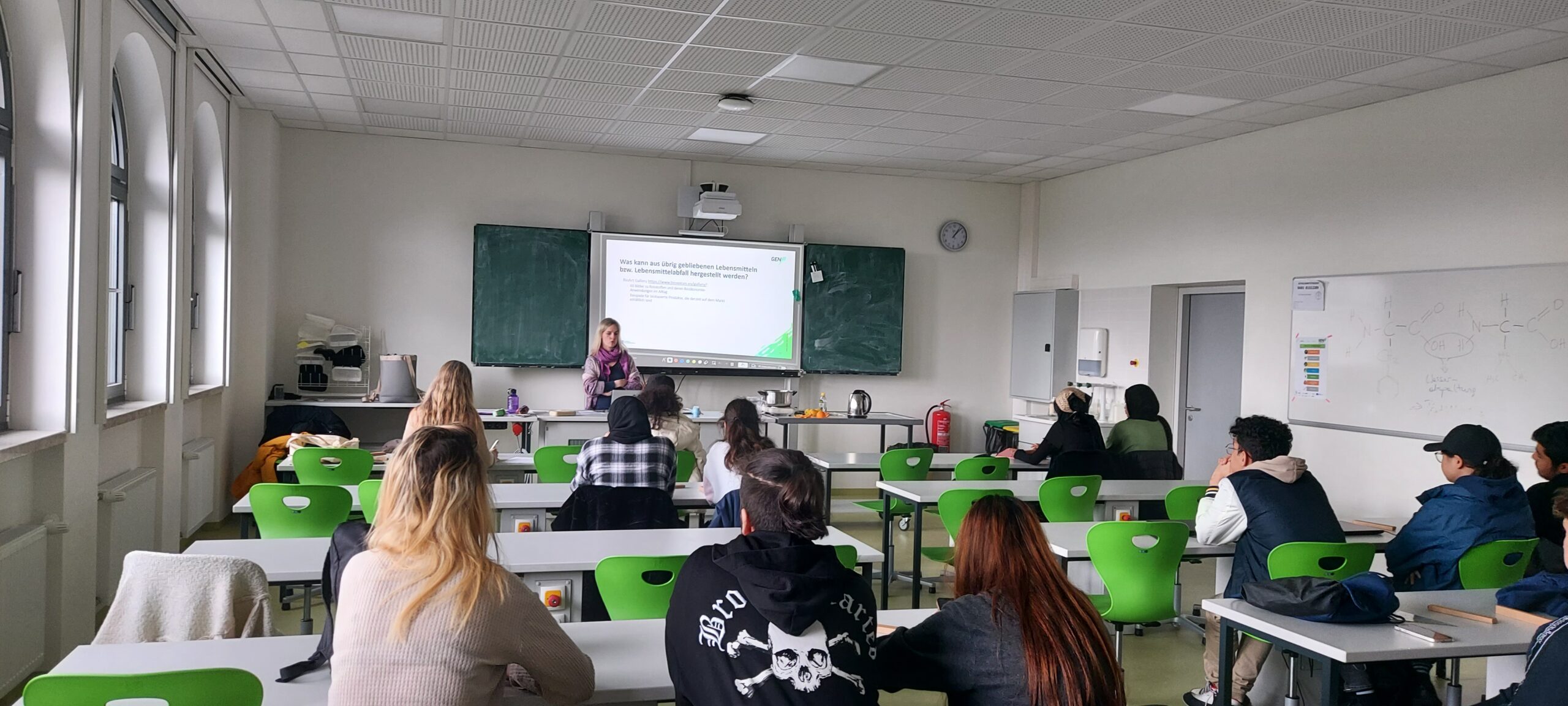Living Labs in Austria empower children and young adults for a sustainable future
General concept of the Living Lab
The GenB Living Labs took place in Austria from April to June 2023, engaging different age groups across two schools. The high school “AHS am Augarten” in Vienna’s 2nd district hosted the Living Lab for students aged 14 to 19.
Over three workshops, around 20 students from three 7th grade classes, accompanied by two teachers, actively participated in the sessions, which were integrated into the ‘Human and Environment’ subject curriculum.
Meanwhile, the elementary school Südstadt in Maria Enzersdorf, Lower Austria, served as the venue for the Living Labs targeting the 4 to 8 and 9 to 13 age groups.
A total of approximately 100 pupils and 7 teachers took part, representing all classes in the school, with the exception of two hindered by time constraints.
To accommodate the large number of pupils, two Living Labs were organized for 4 to 8-year-olds, while one was dedicated to the 9 to 13-year-olds.
Activities implemented
In the first workshop of the High School Living Lab, students were introduced to the concept of bioeconomy and its challenges, with a specific focus on its connection to the food industry—a subject explored in their “human and environment” curriculum for the semester. In the second workshop, students had the opportunity to present their project ideas, which they had brainstormed during the intervening period. They received support from workshop moderators to further develop their ideas. During the final workshop, students showcased their completed projects and engaged in group reflection on the entire Living Lab process. The 17-year-old students successfully realised three projects as part of their participation:
- Educational video series: with videos covering various aspects of the bioeconomy, such as upcycling of clothes, media influence, economic consequences, sustainable energy resources, transportation, and bioeconomy in politics.
- Elementary school education: teaching an elementary school class about the bioeconomy through theory and hands-on experiments.
- Sustainable packaging advocacy: sending an information email to the head of a supermarket chain addressing packaging reduction and the potential use of bio-based packaging.
During the first workshop of the elementary school Living Labs, students were introduced to the concept of bioeconomy through the book “What is Bioeconomy?” and a presentation of various related products.
They were then encouraged to express their own ideas on the topic through drawing. From these ideas, the classes collaboratively developed project proposals, which were presented in the second workshop.
Additionally, during the second workshop, the students had the chance to engage in hands-on activities at different stations, including painting with natural colours derived from plants and spices, creating seed balls, and playing a memory game focused on the theme of bioeconomy.
The final workshop of the Living Labs in the elementary school concluded with a showcase event, where the students’ products and projects were exhibited in the auditorium.
Representatives from each class took the stage to present their projects to the entire school community, including teachers and staff members. Following the opening presentations, all students had the opportunity to explore the exhibition, examine their peers’ completed projects, and engage in discussions with the workshop moderators to gain deeper insights into the project development process and their overall experience with the Living Labs.
The elementary school students successfully realized a variety of projects, including flowerpots and purses crafted from recycled tetra packs and fabric remnants, pencil cases from repurposed plastic bottles, bags from fabric remnants, photo frames decorated with buttons, and a poster showcasing ideas for products derived from biobased materials. In addition, the older students created a bioeconomy magazine and produced a series of informative videos on various aspects of the bioeconomy.
The Living Labs in numbers
Number of Living Labs organised (total): 4 Living Labs with 3 workshops each (in total 12 workshops)
Number of activities and experiments implemented (total): 89
Number of students reached (total): 120





